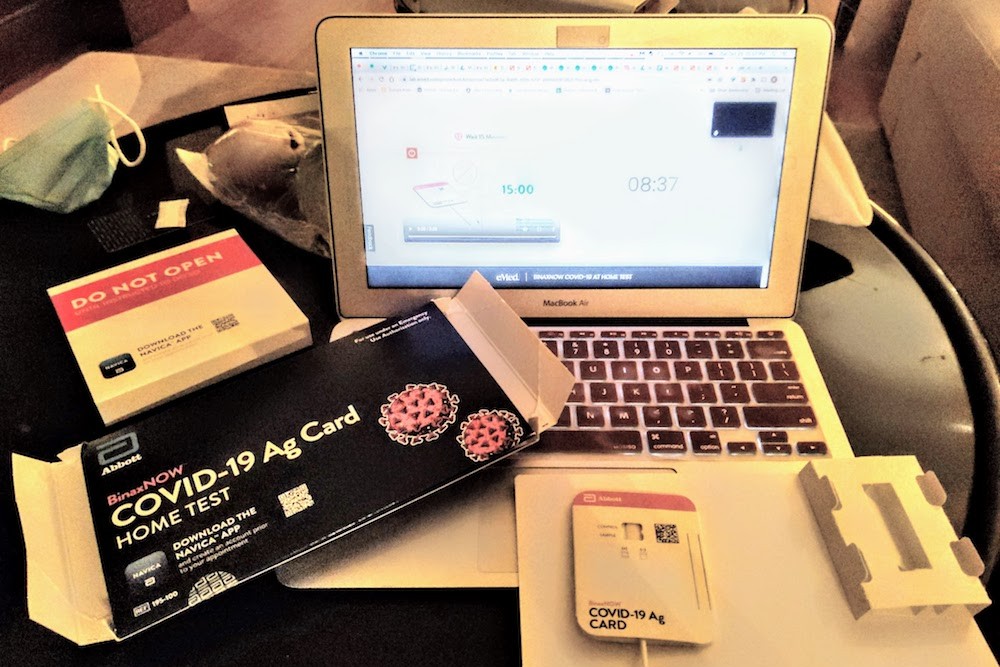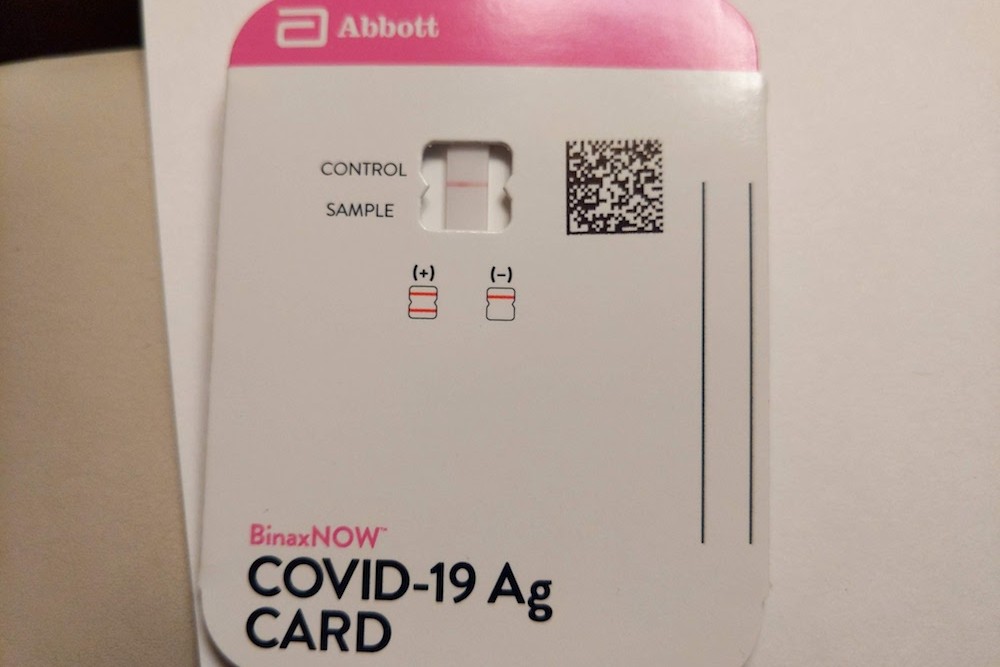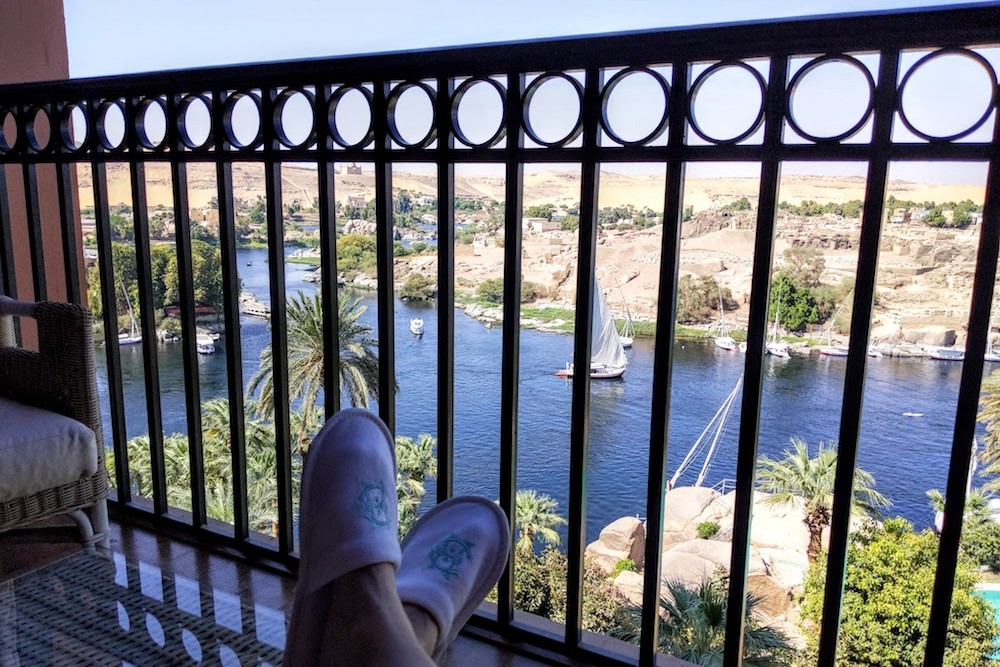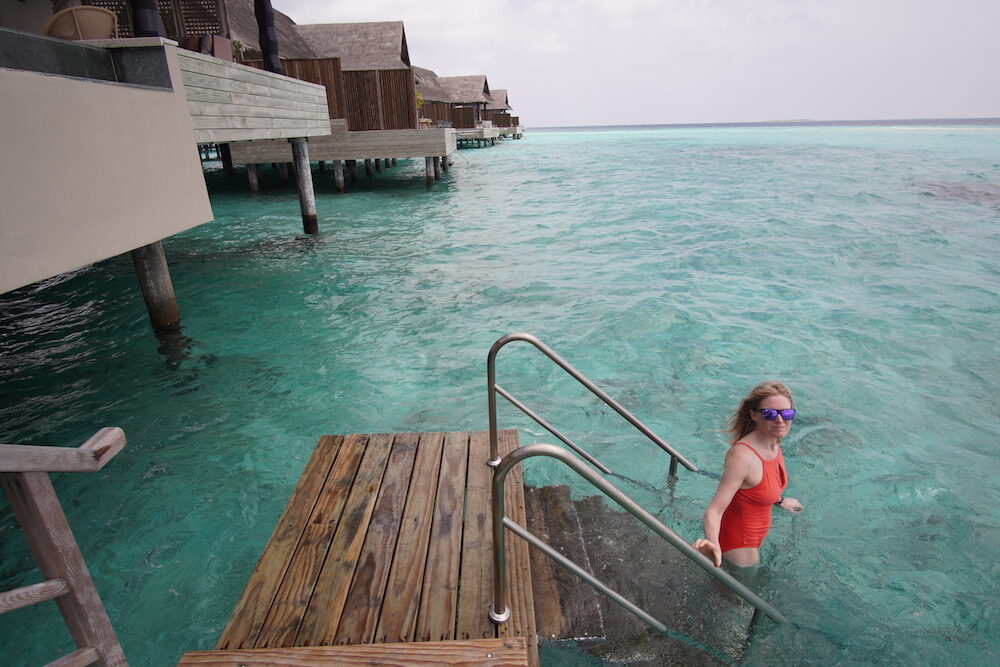My Covid Test Experience Flying Home from Egypt
We get a lot of questions from travelers about how to manage the Covid testing needed to return to the U.S. after an international trip. When I was coming back from Egypt, it was on my mind too.
I’d originally packed a few self-administered, video-monitored eMed rapid antigen tests because I knew that they are CDC-approved, and I liked the idea of being able to get immediate results at the time of my own choosing, which turned out to be midnight. The whole process—from logging on with an eMed official to receiving the results—took me about 25 minutes (35 if you count the time it took me to call the hotel concierge and get my result printed and delivered to my room).
But since I also knew from my previous international pandemic-era trips (and from Wendy’s and Brook’s too) that the real gatekeepers of who gets to board a plane are the airline staff at check-in, I decided to test out these “at-home” tests vs. a standard PCR.
So I did some research. First, I emailed Egypt Air’s customer service center and received a response saying that they would accept antigen, NAAT, RT-LAMP, RT-PCR or TMA tests. Great!
But that response was in contrast to what I was hearing from some people on the ground in Egypt, who were saying that EgyptAir would only accept a PCR test.
Hmmm.
Hedging on the side of caution, the WOW List Trusted Travel Expert for Egypt who planned my trip, Jim Berkeley, has all his travelers take PCRs. And he makes it super easy: A doctor comes right to your hotel, emails you the results, and then you get the printed-out results on your way to the airport.
To test out what would really happen at the airport, I took both tests. At airport check-in, I handed the first gatekeeper my eMed antigen results. I had the PCR results in my bag too, just in case I needed it, but it turned out that I didn’t. He waved me through. Then, when I approached the desk, I handed that agent my eMed antigen results too. She didn’t even blink an eye, even though the two friends I was traveling with handed her PCR documentation.
The moral? You have options for testing, and they’re all easy and don’t take much time or energy. I recommend you talk to your WOW List trip planner to find out if they know any additional local information, but don’t stress about it. Getting tested to come home is simple and should not keep you from getting back out there when you’re ready.
My additional thoughts
eMed test
Pros: They’re easy and fast. They’re also economical if you are traveling with family or a group, because they’re sold as a pack of six for $150. You can also re-test yourself immediately if you get an invalid result or positive result you suspect is false. The video process is smooth and uncomplicated, and I didn’t have to wait at all before being connected to my “test guide,” even though I called in at midnight.
Cons: The test boxes are bulky and, per eMed instructions, they must be packed in your carry-on. So depending how many you take with you, that could be annoying. Once you get the emailed results, you’ll have to ask your TTE team or your hotel to print them out for you. Also, while this isn’t really a con, note that you must have access to strong enough wifi to support a 25-minute video call (you can use your phone or laptop).
PCR test
Pros: They’re easy and require no thought on your part. Most WOW Listers can arrange to have a medical worker come to your hotel and administer the test at a time that won’t interrupt your day and then have the results sent to you by email and printed out for you.
Cons: You may have to wait a day or two to get your results. In Egypt, I had them the next morning; but in Greece, it took two days (partly because the doctor had misspelled my name and I had to have that corrected). Also, the cost can add up. My Greece test cost 100 euros (about $115). In Egypt, it cost me $73. In both cases, I had to pay in cash.
Be a safer, smarter traveler: Sign up for Wendy’s weekly newsletter to stay in the know. And read real travelers’ reviews of Wendy’s WOW List and use it to plan your next trip.












